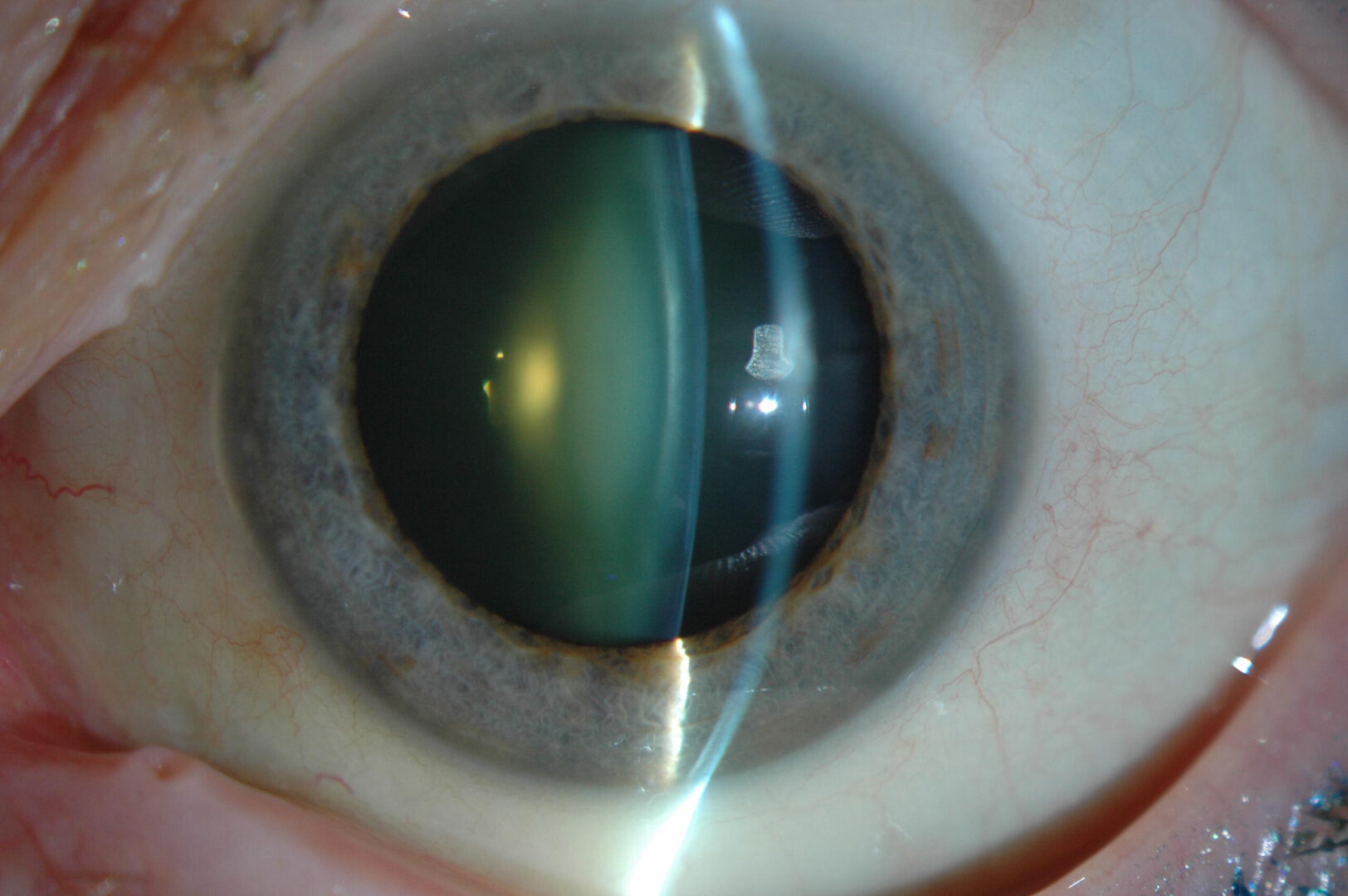Eye diseases
Cataracts

What are cataracts?
Cataracts are caused due to a loss of transparency of the crystalline lens, an ocular structure that acts as a lens and enables you to focus, allowing the sun’s rays to enter the eye and diverting them so that they converge on the retina and you can see clearly.
When this natural lens of the eye becomes opaque, your vision is “clouded”, as if you were looking through dirty or misted glass.
This is the main cause of blindness in developing countries and the ocular pathology involving the highest number of operations in developed countries.
Symptoms
Causes and risk factors
Diagnosis
Treatment
Prevention
If you have cataracts, you will quite often experience a loss of colour intensity (with a predominance of yellowish shades) and difficulty in adapting to changes in light and in seeing properly at night. You might also notice significant, unexpected changes in the prescription strength of your glasses, or you must suddenly be able to see without them when it was previously impossible (the crystalline lens turns into a sort of magnifying glass because of the changes caused by the cataract). On all accounts, the impact on your eyesight and quality of life will depend on how advanced your cataracts are, as well as their location:
- Nuclear cataracts are formed in the centre of the crystalline lens and often evolve slowly and progressively. These are most common with age.
- Cortical cataracts spread radially from the outside of the crystalline lens towards the centre, and initially affect near vision.
Subcapsular cataracts affect the capsule or rear part of the crystalline lens and often evolve very quickly and cause dazzling.



